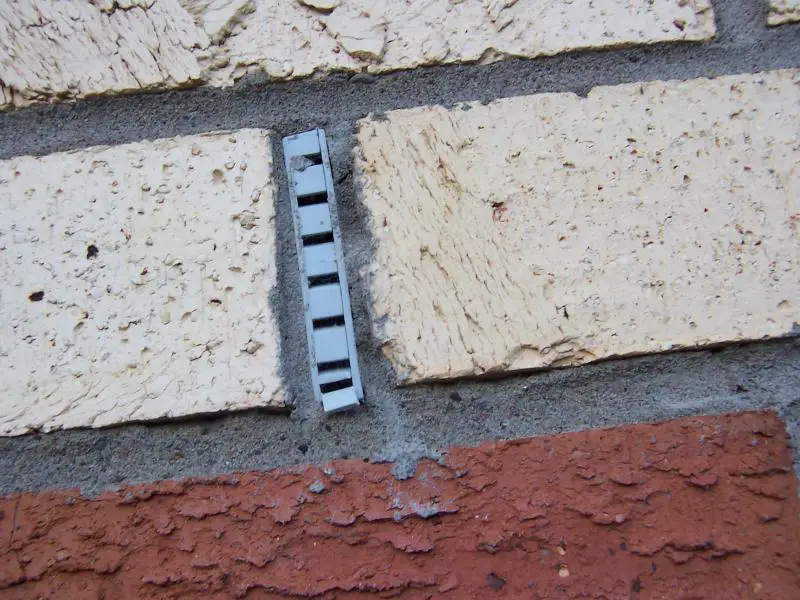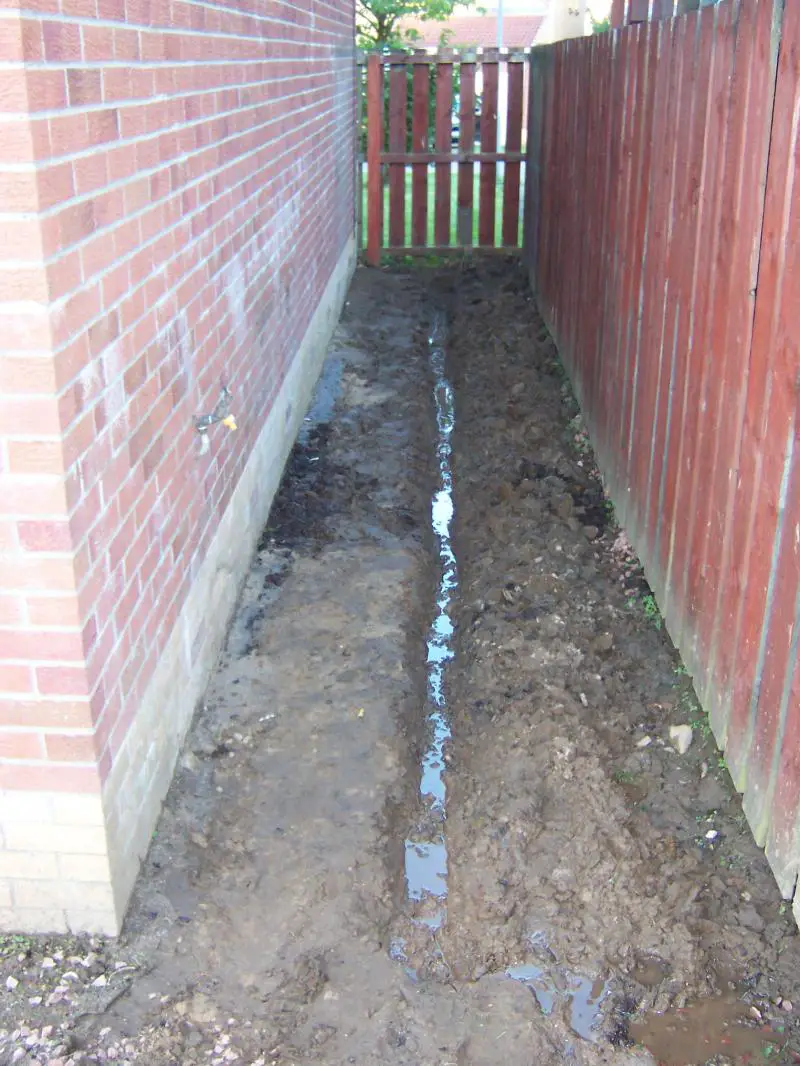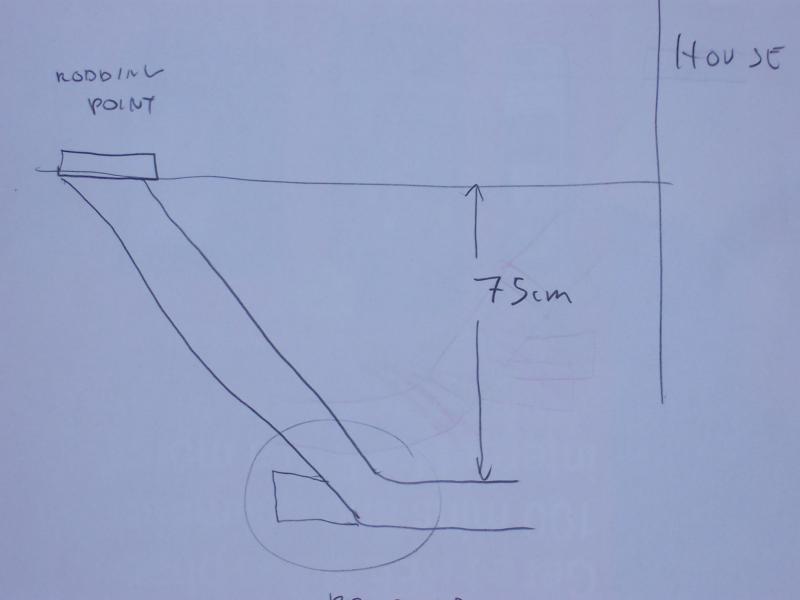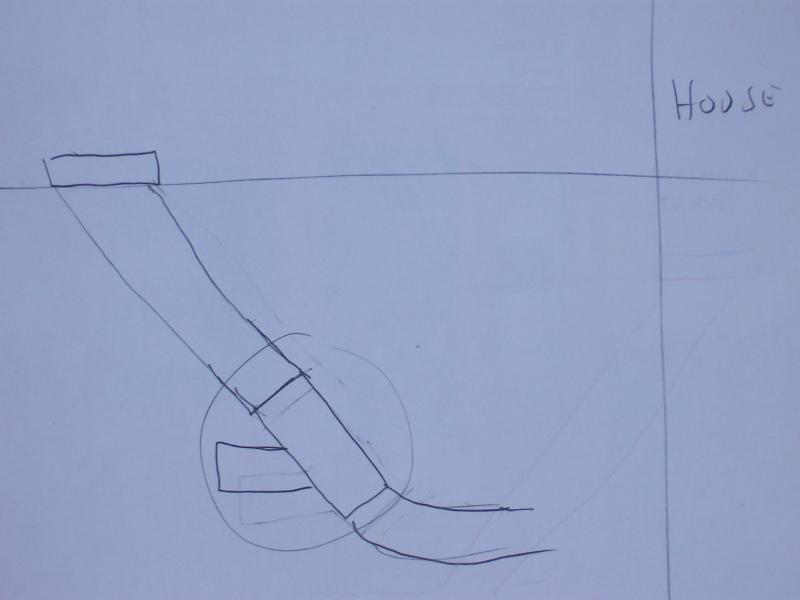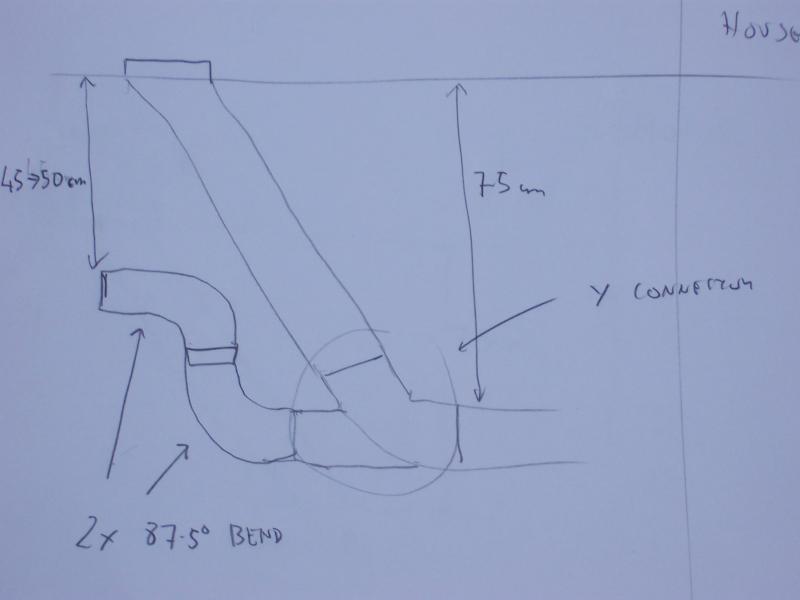a) anything, no need to buy an end stop or bung or anything just a large stone that blocks it a bit. it certainly doesn't need to be watertight.
b) connect into your gully/ pipe with a proper sewer fitting, i.e. a y or straight connector depending on how its arranged.
c) you want to surround the pipe with at least 4 inches of clean stone. If you are using a mini digger a 9icnh trench bucket will be enough for all but really big projects. More depth of stone on top obviously depending on how deep you are going.
b) connect into your gully/ pipe with a proper sewer fitting, i.e. a y or straight connector depending on how its arranged.
c) you want to surround the pipe with at least 4 inches of clean stone. If you are using a mini digger a 9icnh trench bucket will be enough for all but really big projects. More depth of stone on top obviously depending on how deep you are going.


